Nissan R390 GT1 Street
When Jürgen Barth, Patrick Peter and Stéphane Ratel in the mid 1990s established a new international racing series for endurance races with the initials of their surnames, ie BPR, a real boom began in the Grand Tourer categories for more or less production-derived sports cars. For the particularly fast GT1 category , the newly defined regulations prescribed a streetlegal version with FIA homologation. While manufacturers like Ferrari with the F40, Lotus with the Esprit and McLaren with the F1 developed race versions from their production cars, manufacturers such as Mercedes-Benz and Porsche laid out these rules, so that at least 25 road cars would have been made. Others like Lotus (we reported recently), Panoz, Toyota or Nissan remained at the rule interpretation that only one street version would be enough and that it shouldn’t be offered for sale.
Nissan presented the R390 GT1 in early 1997 together with the British team of Tom Walkinshaw Racing (TWR), who had taken over the majority of development work. TWR already looked back on many succesful years of racing in touring car and prototype racing back then, as they built among other things the Le Mans racers for Jaguar (developed by a certain Mr Ross Brawn) and various touring cars for Opel, Mazda, Rover and BMW. In addition, the team was starting with Arrows in the Formula 1 from 1996 and barely slipped past their first F1 victory at the Grand Prix of Hungary 1997 with Damon Hill. Experience was therefore sufficient, in 1997 TWR had arout 1,500 employees worldwide.
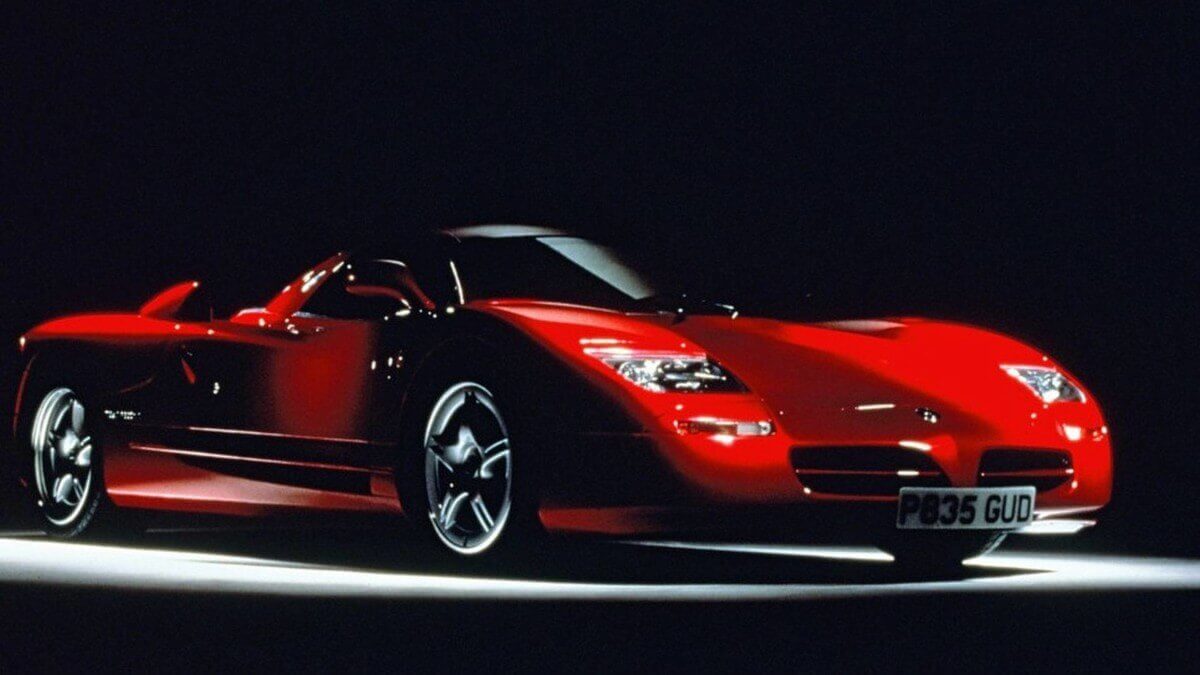



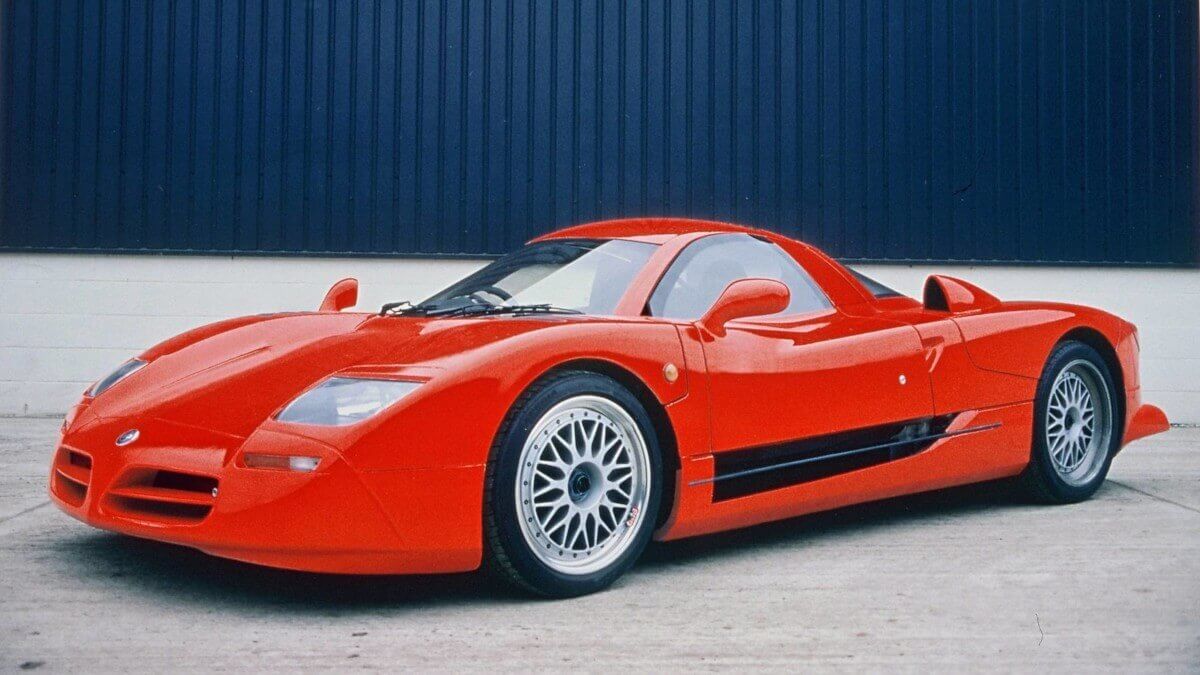



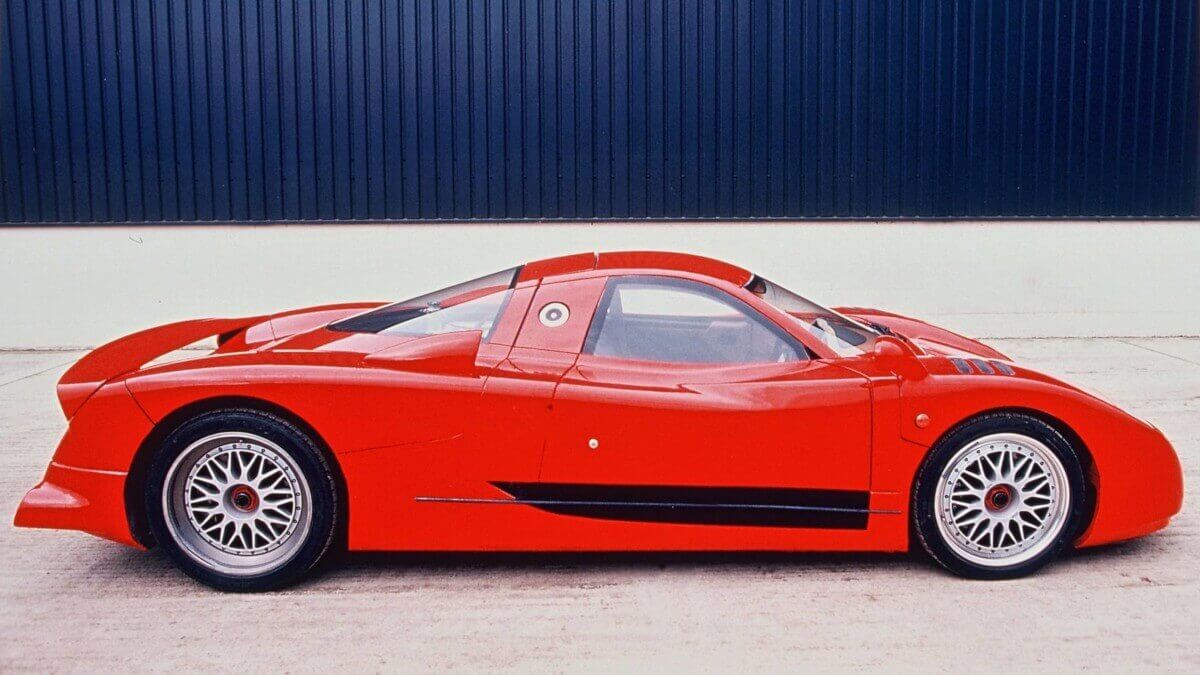



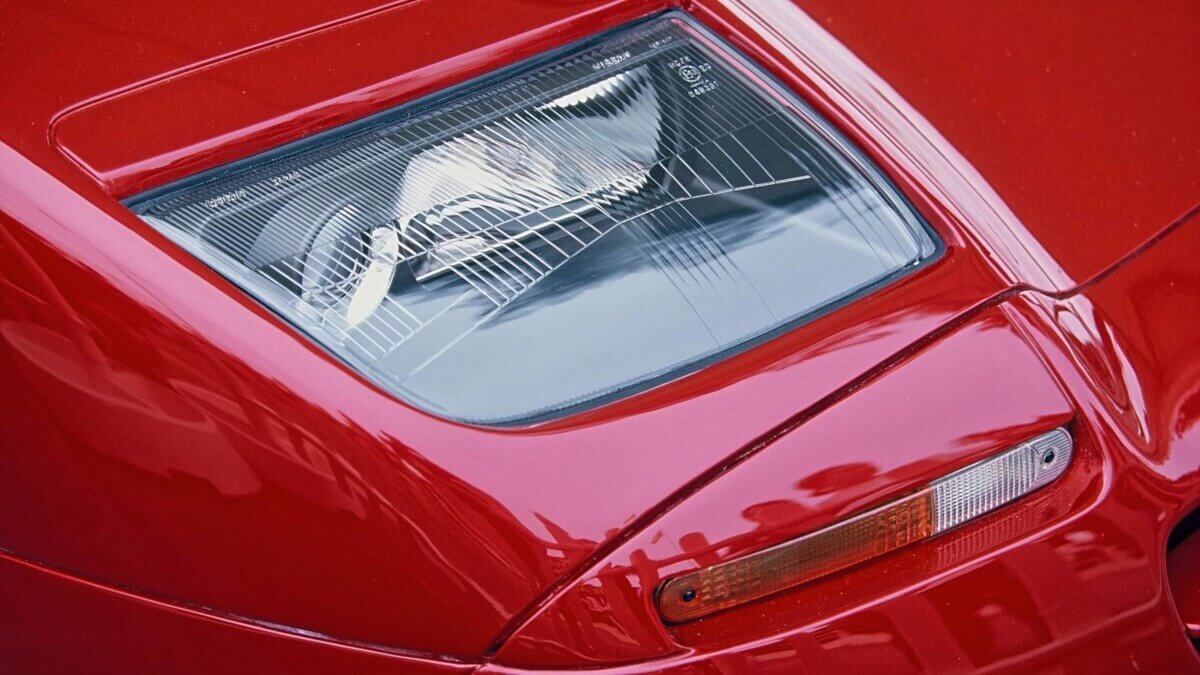



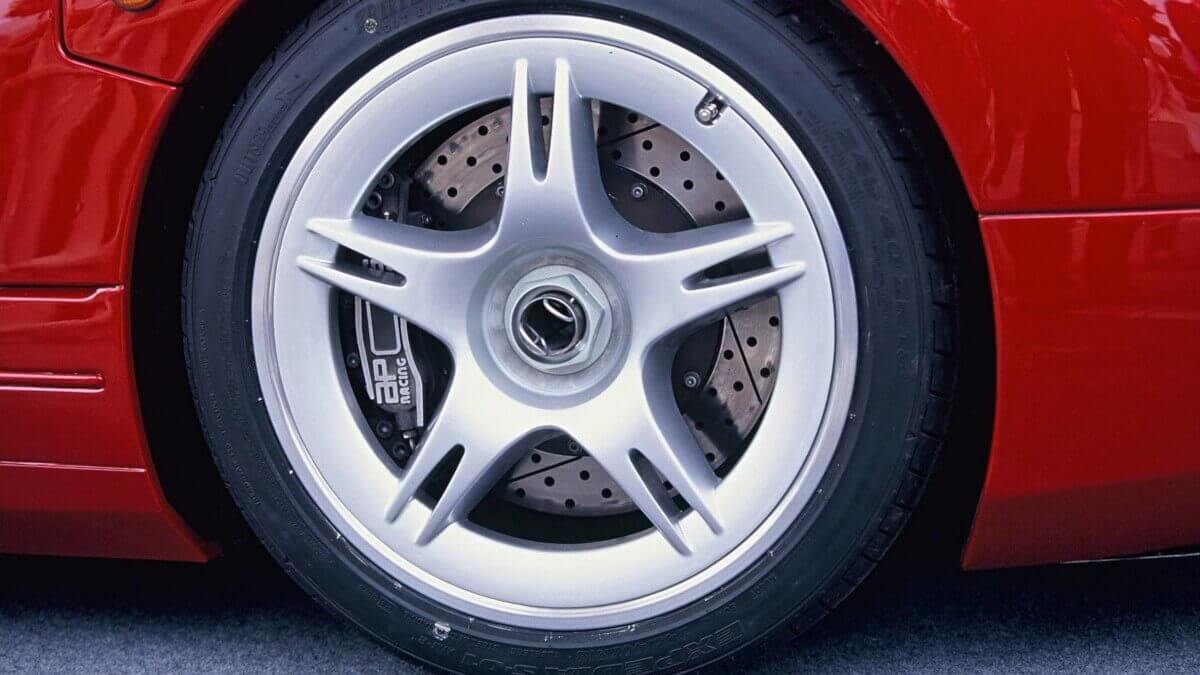



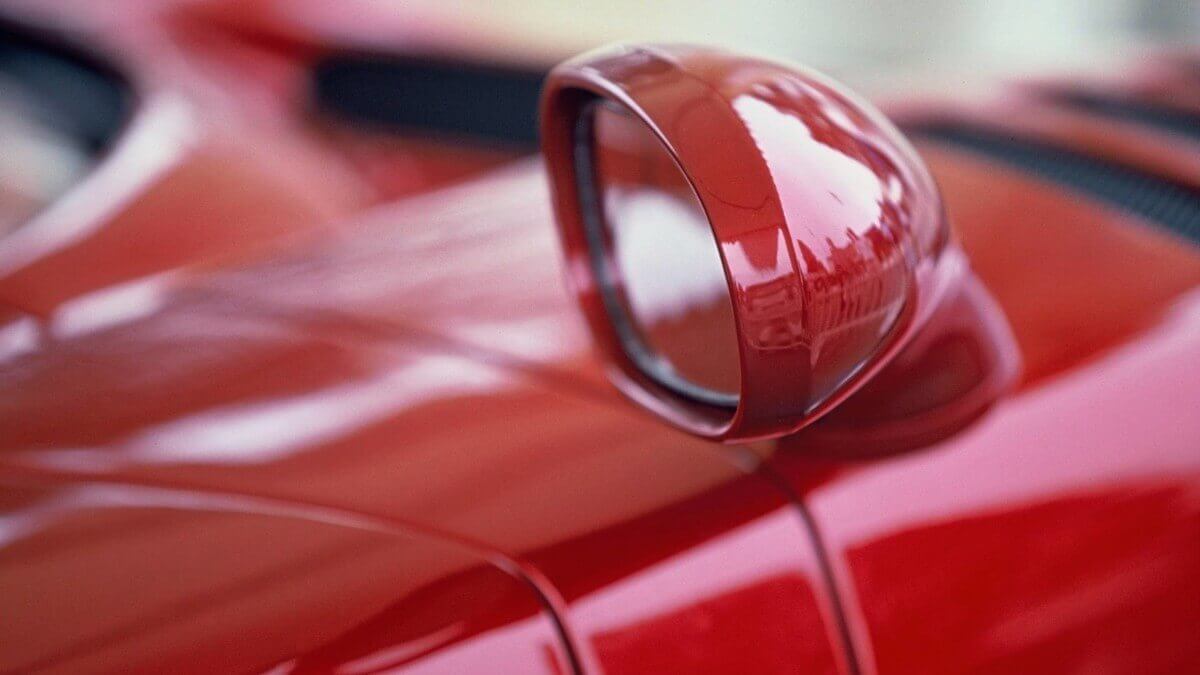



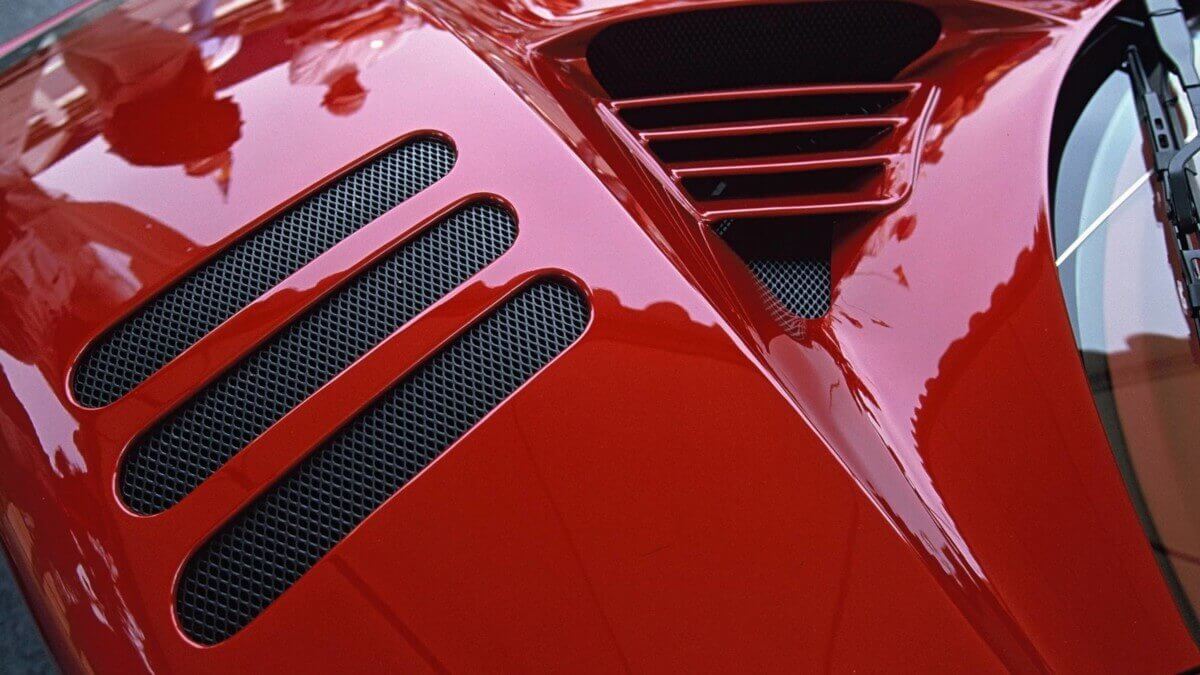



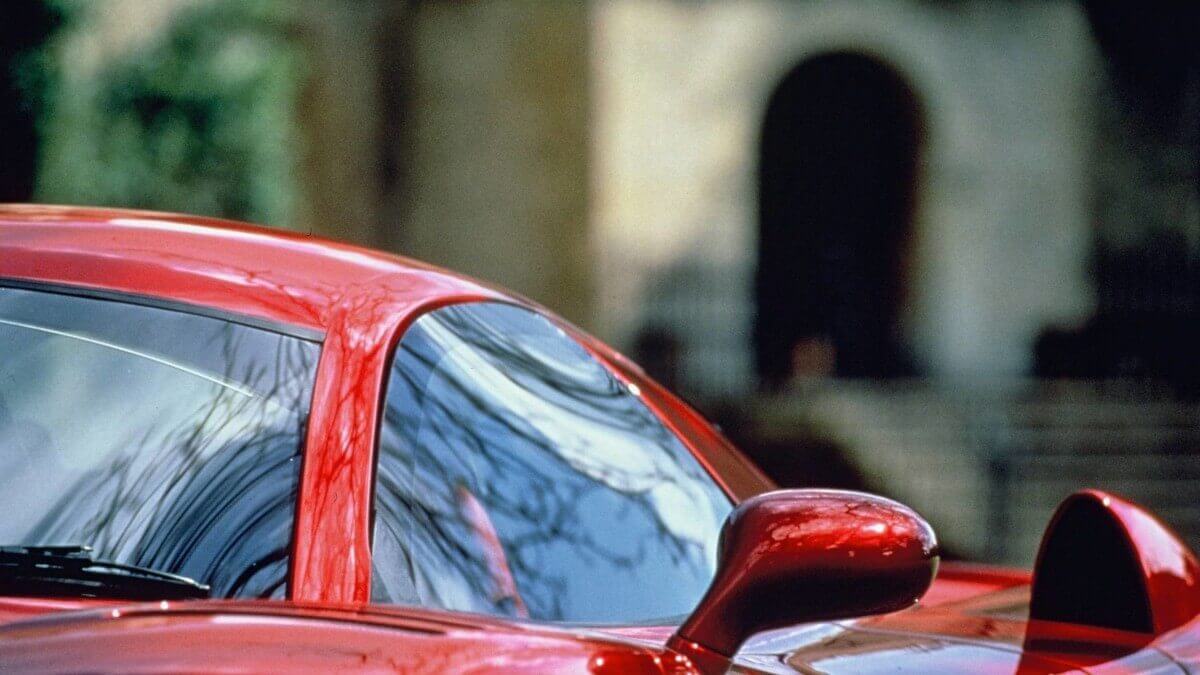



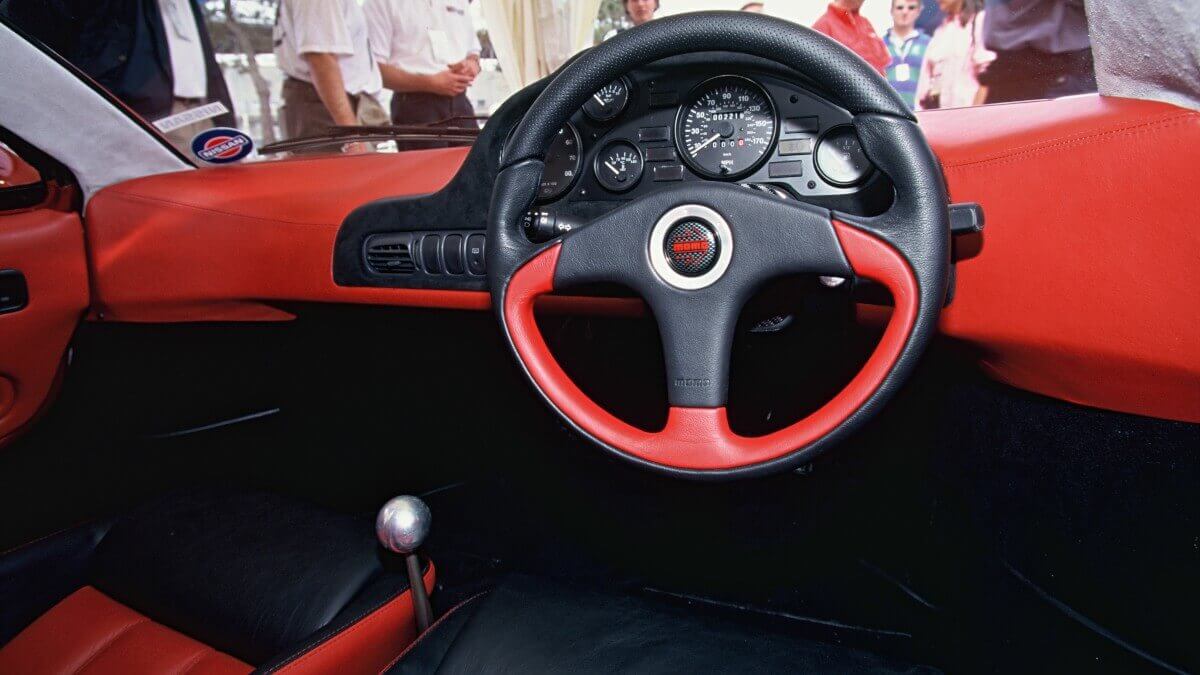



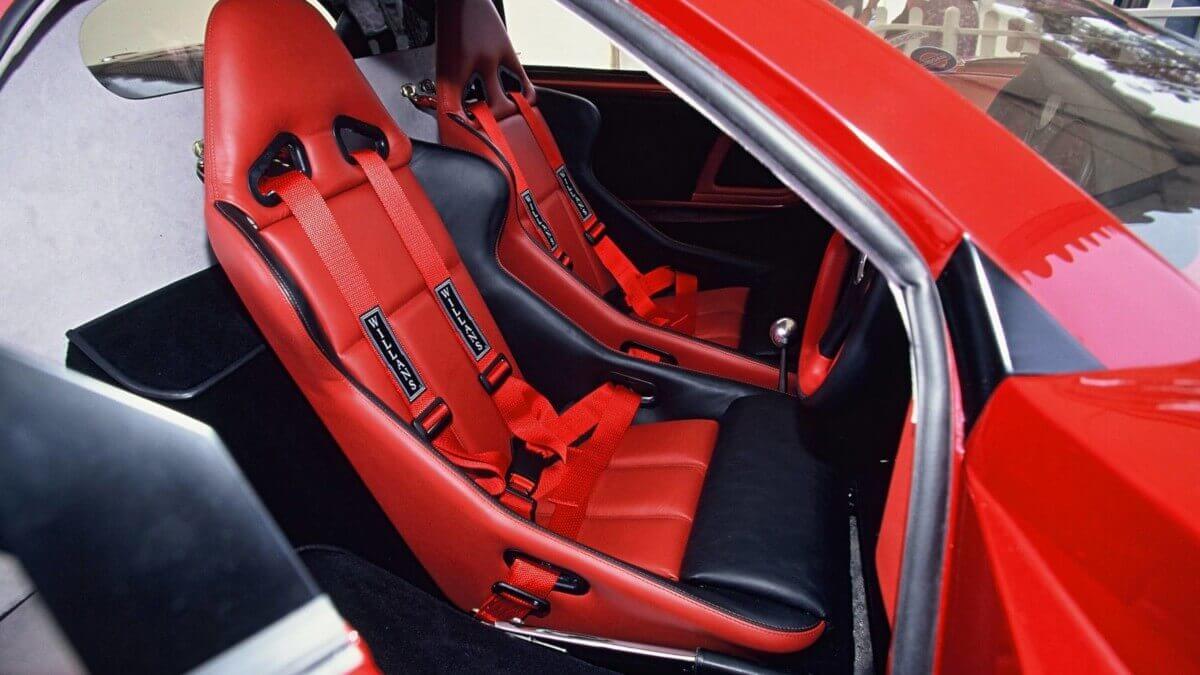



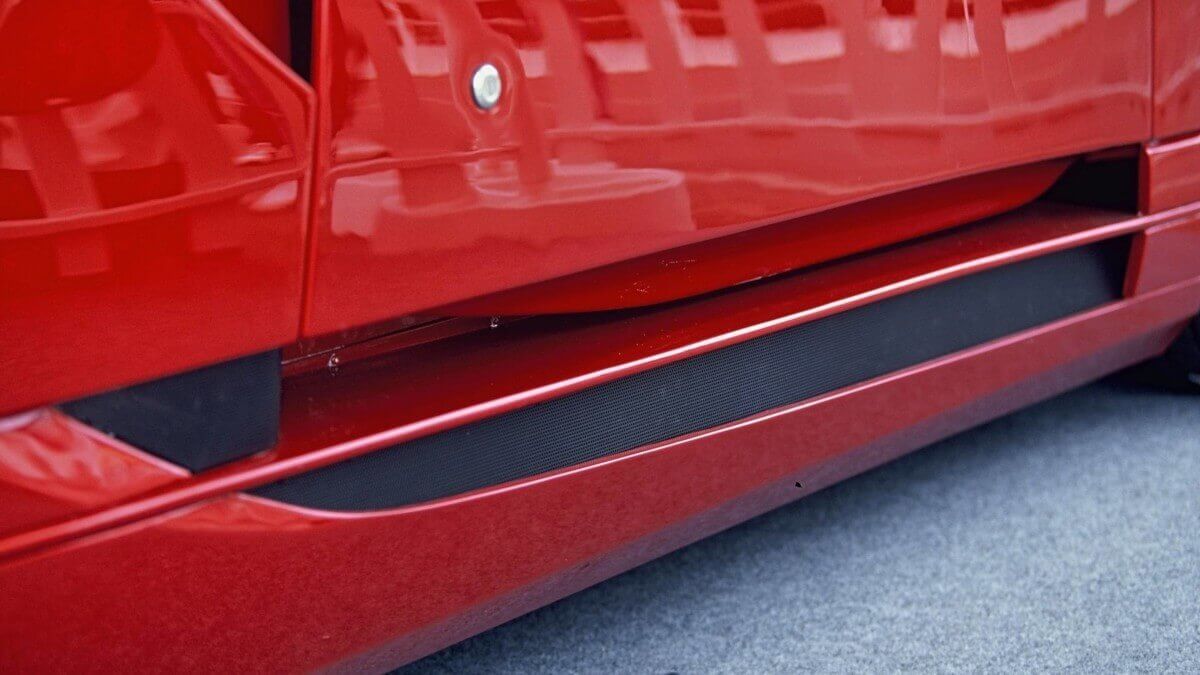



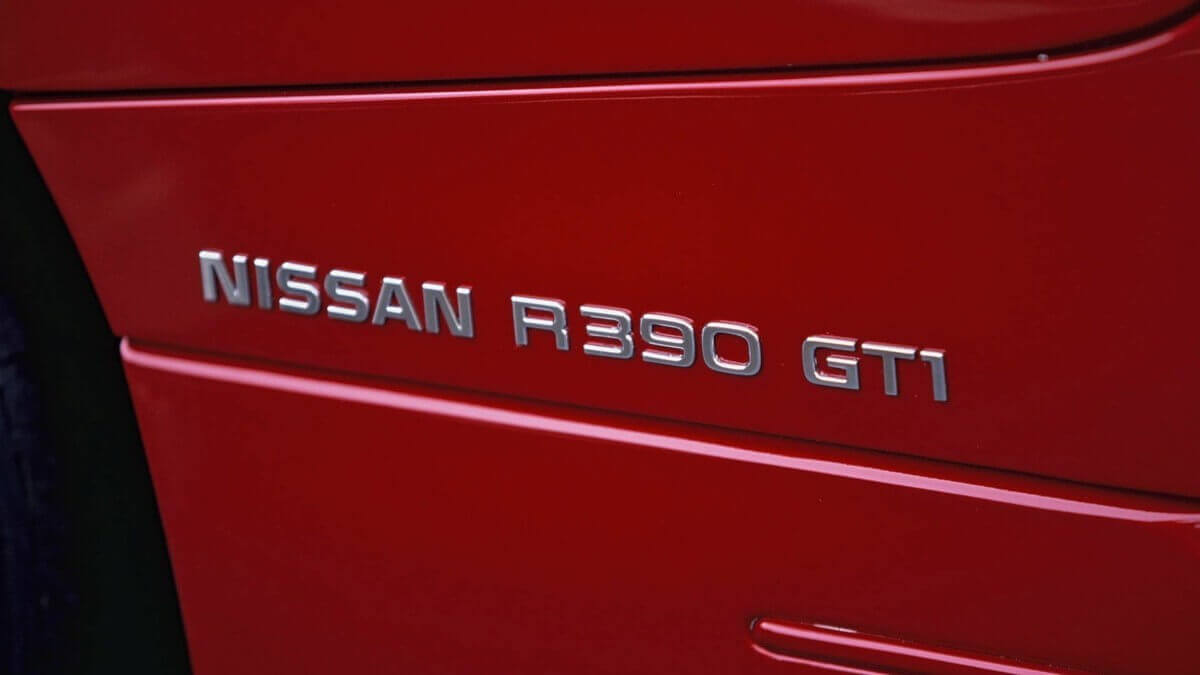



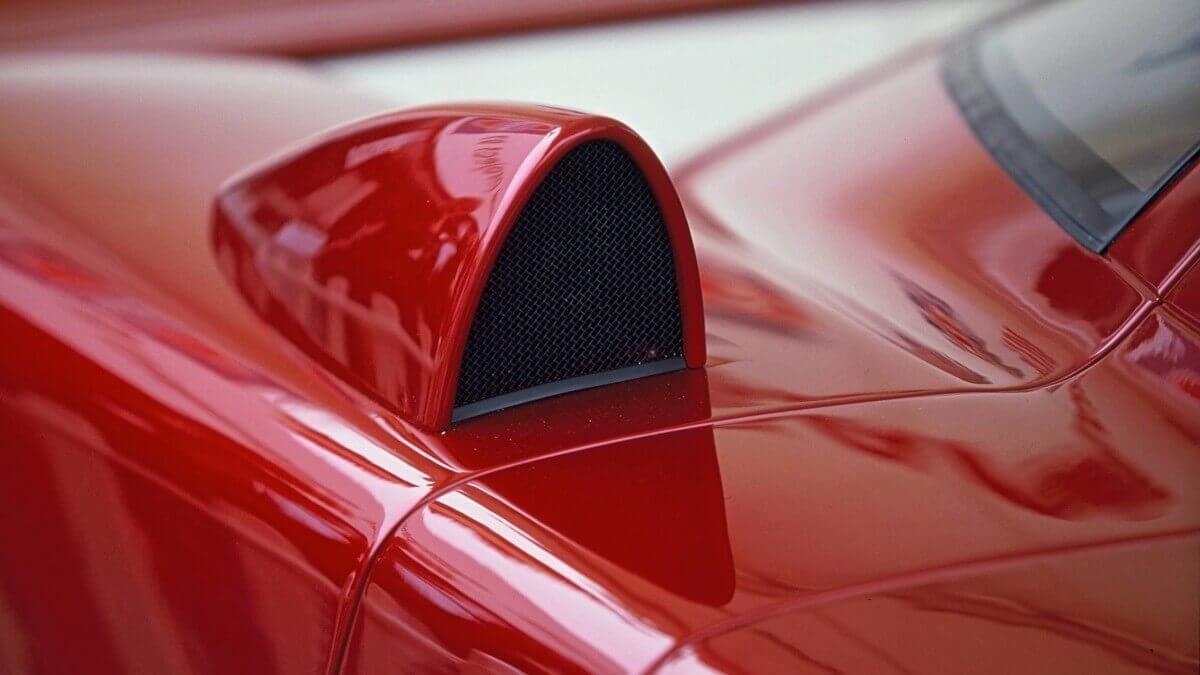



The new R390 GT1 was designed by Ian Callum, who today manages the Jaguar Design Centre and previously shaped the Aston Martin DB7. In order to produce a certain ‘family resemblance’ with Nissan models of the time, he used the clear-glass headlights of the 300 ZX and hinted at the bottom of the front section the grille with cross-divider. Incidentally, the same combination of headlights and auxiliary lights was also used at another vehicle of the GT1 category: the 1995 Le Mans winning McLaren F1. For the rear lights Callum went into a completely different parts storage, as they come from the Fiat Coupé. The rest of the shape of the flat two-seater supercar was developed in many hours in the windtunnels, whereby the team worked with scale models in Great Britain and later with a full-size prototype in Japan.
With Tony Southgate, a very experienced technician took over the chassis development of the R390. He had previously developed the chassis for the 1988 Le Mans winning Jaguar XJR-9. Behind the driver the team integrated a V8 biturbo engine with 3.5 liters displacement and about 640 hp. A sequential six-speed transmission from Xtrac transmitted this power to the rear wheels and accelerated the racecar in 3.7 seconds from zero to 60 mph. Thanks to a traction control system with integrated launch control, this performance should arrive the tarmac even on slippery roads. In the street version the engine was de-tuned to around 345 hp. While the racecars started in red and black in 1997, the roadcar showed a shiny bright red paintjob.
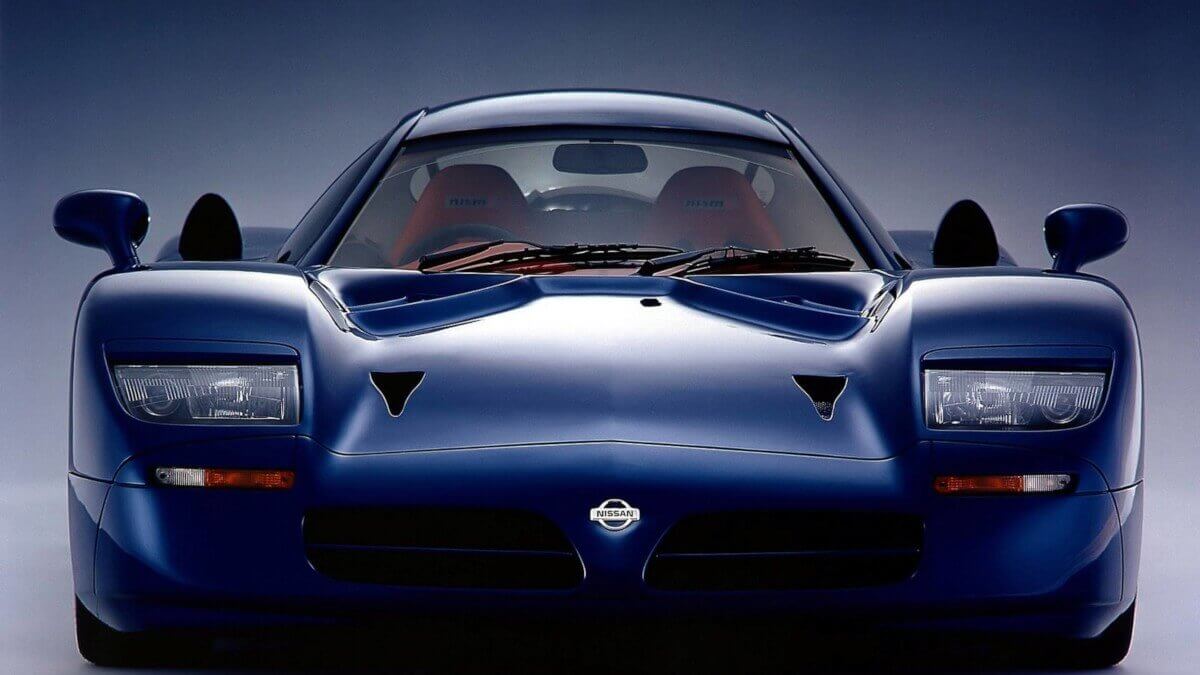



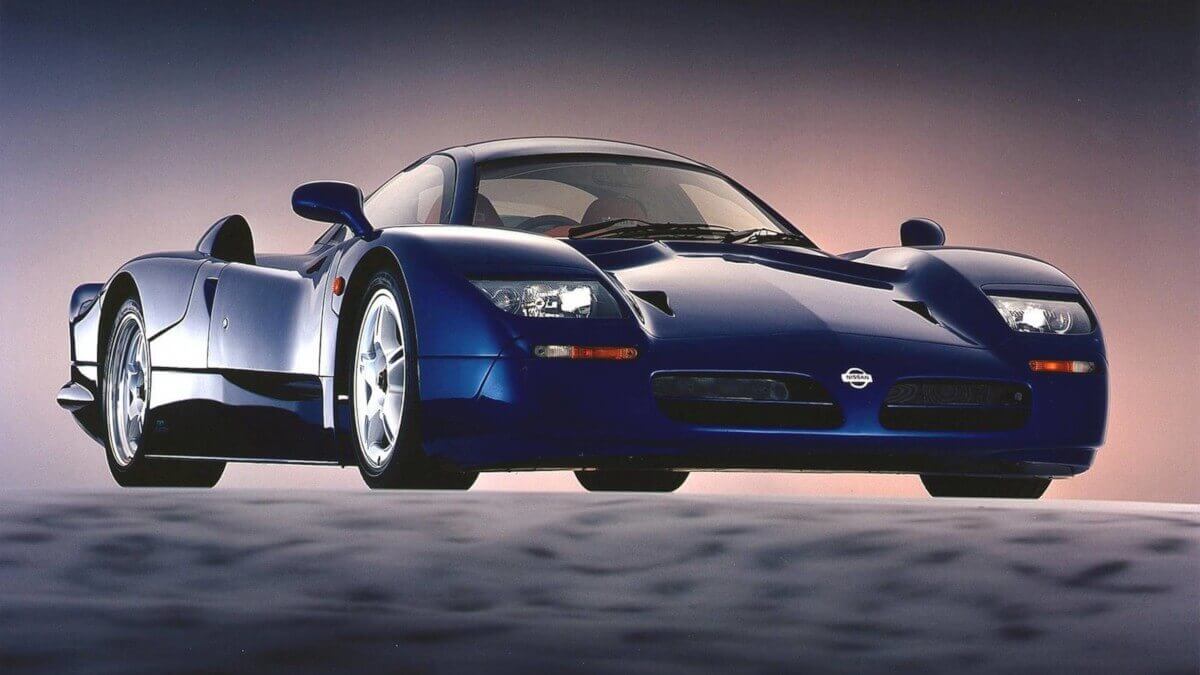



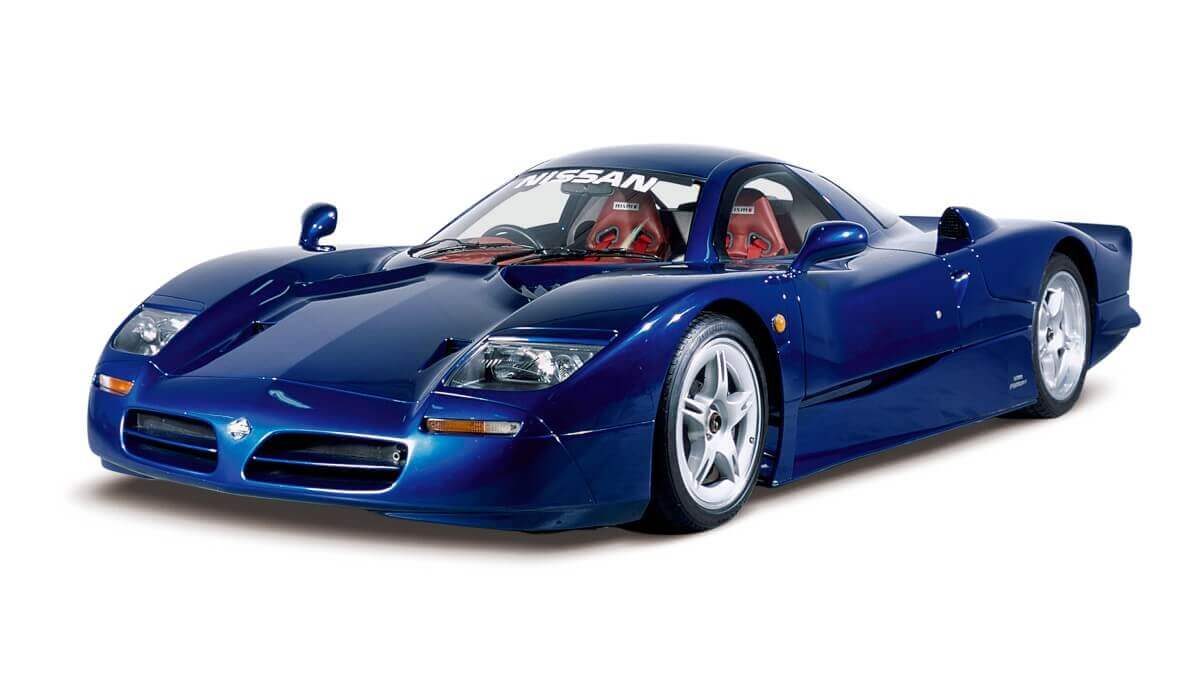



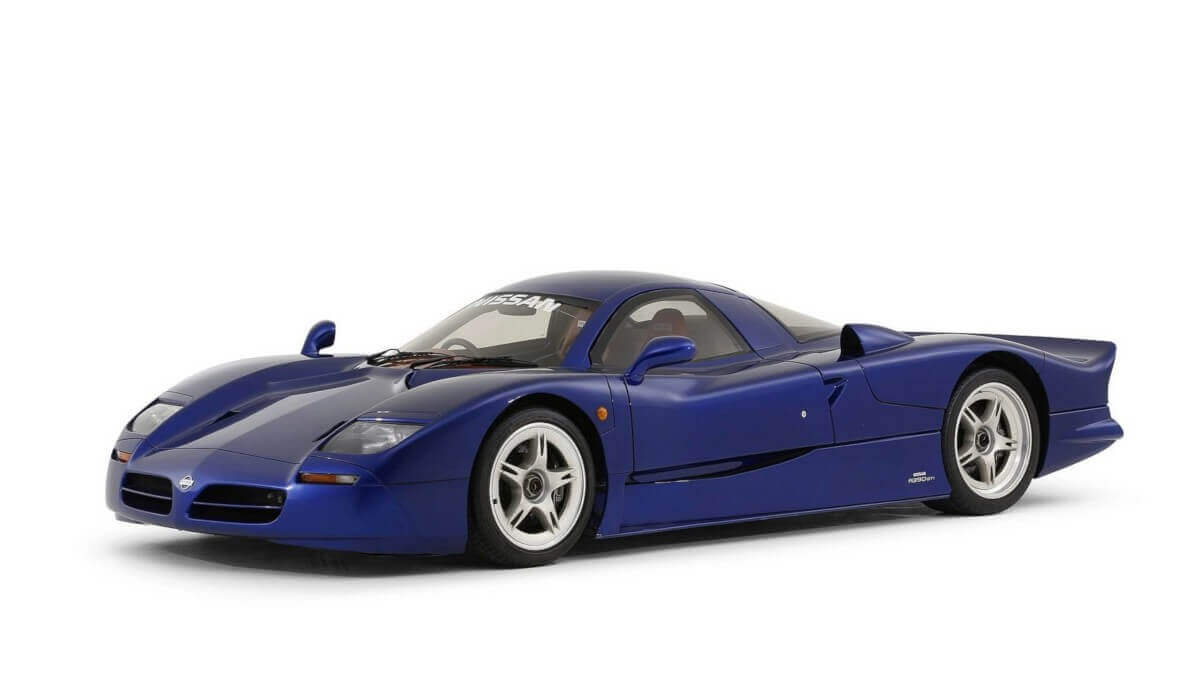



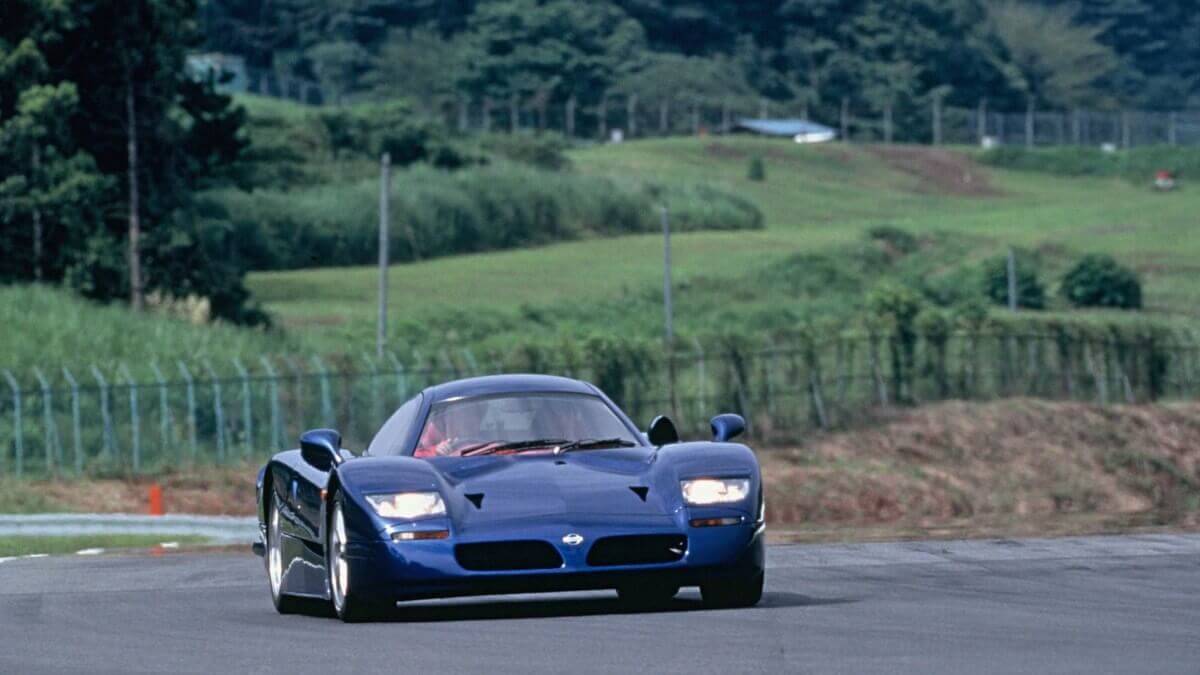



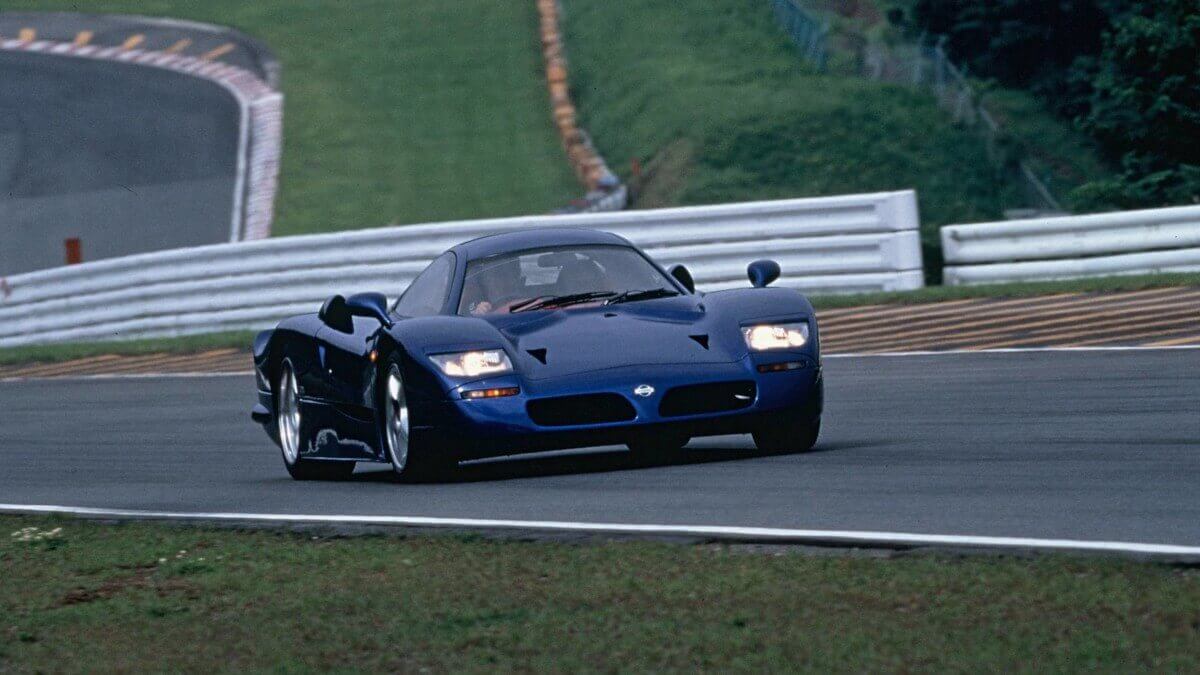



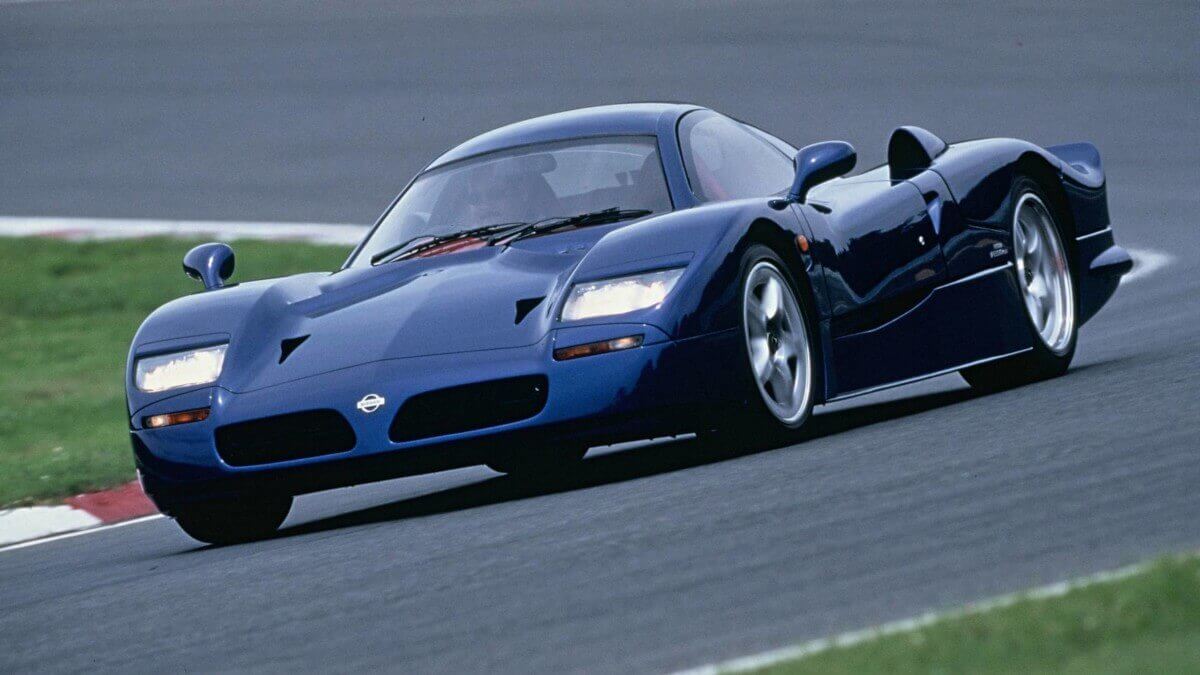



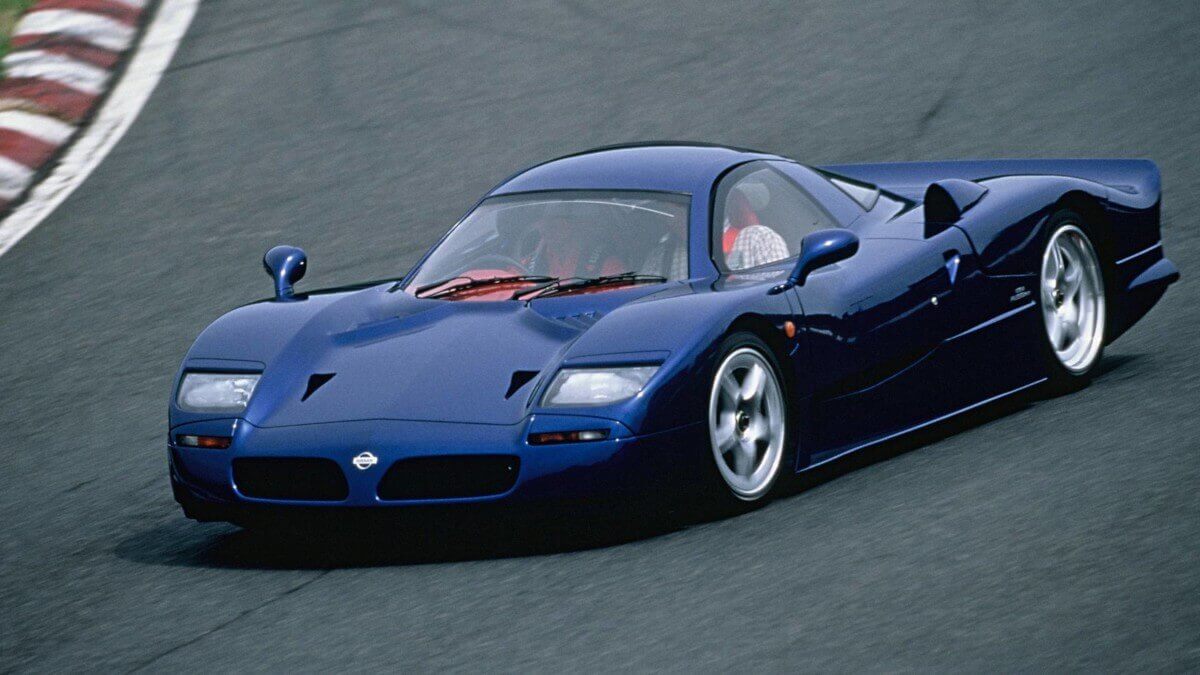



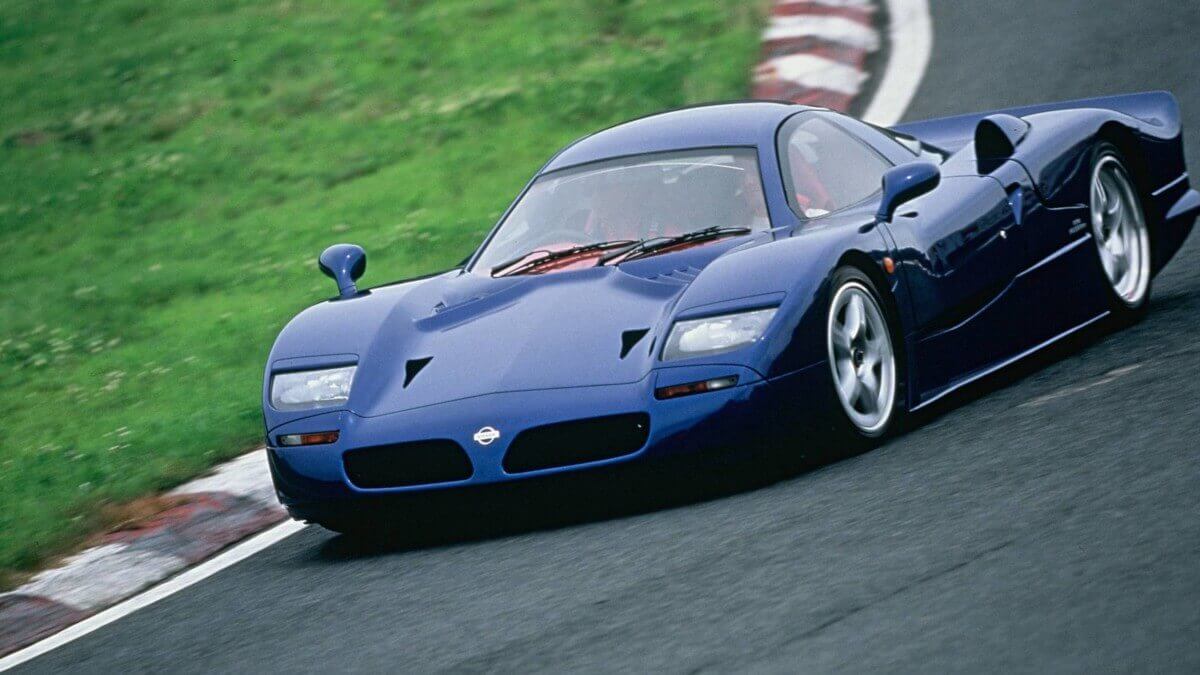



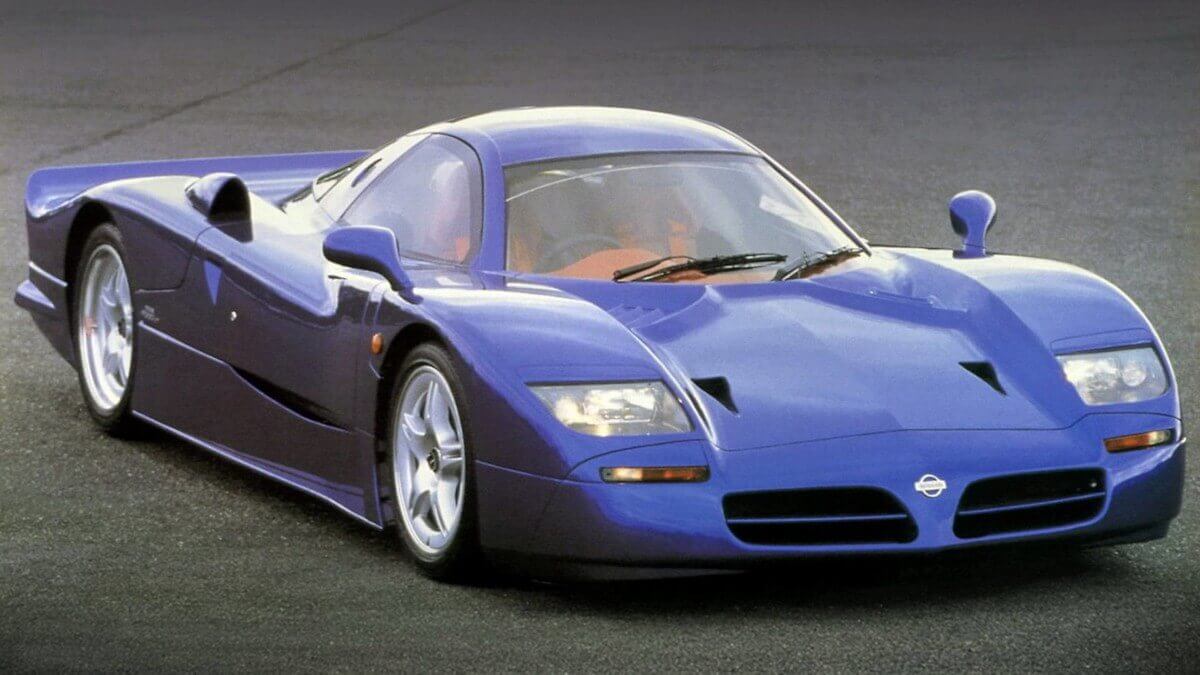



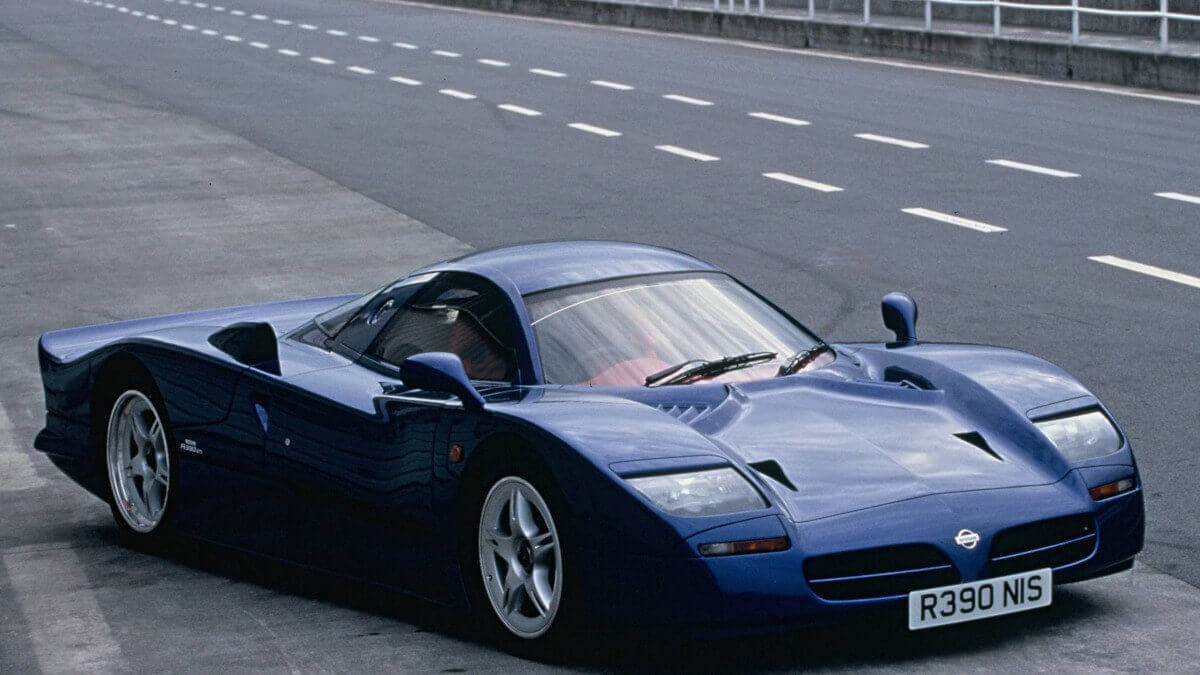



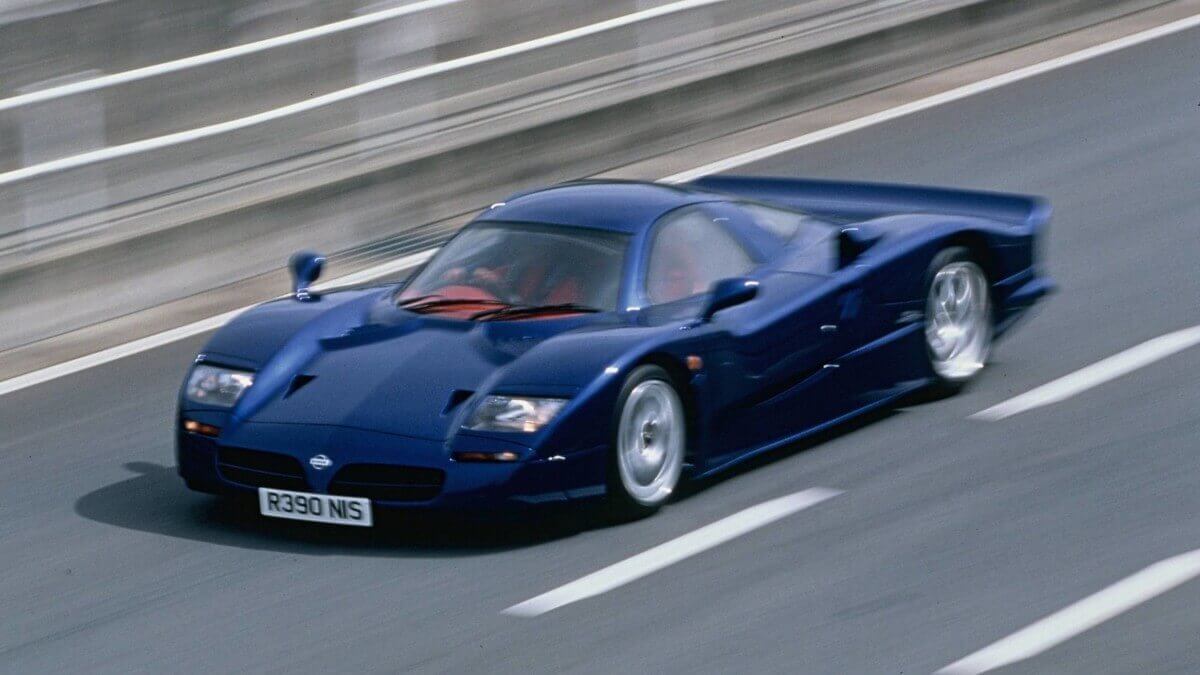



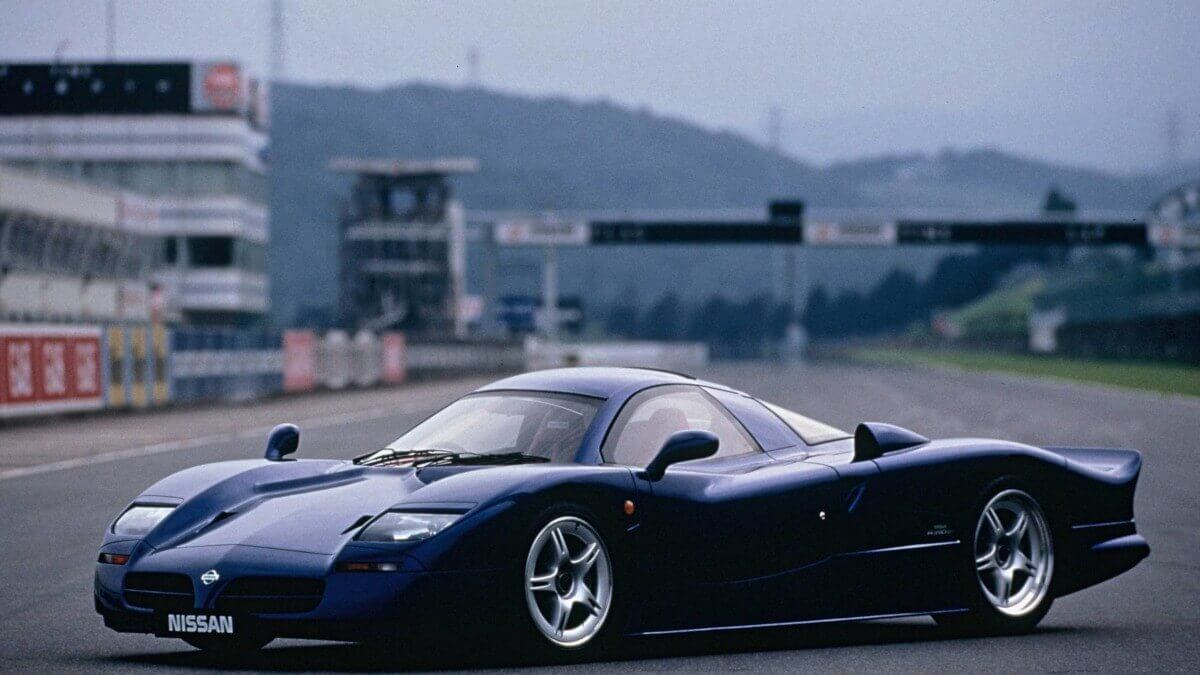



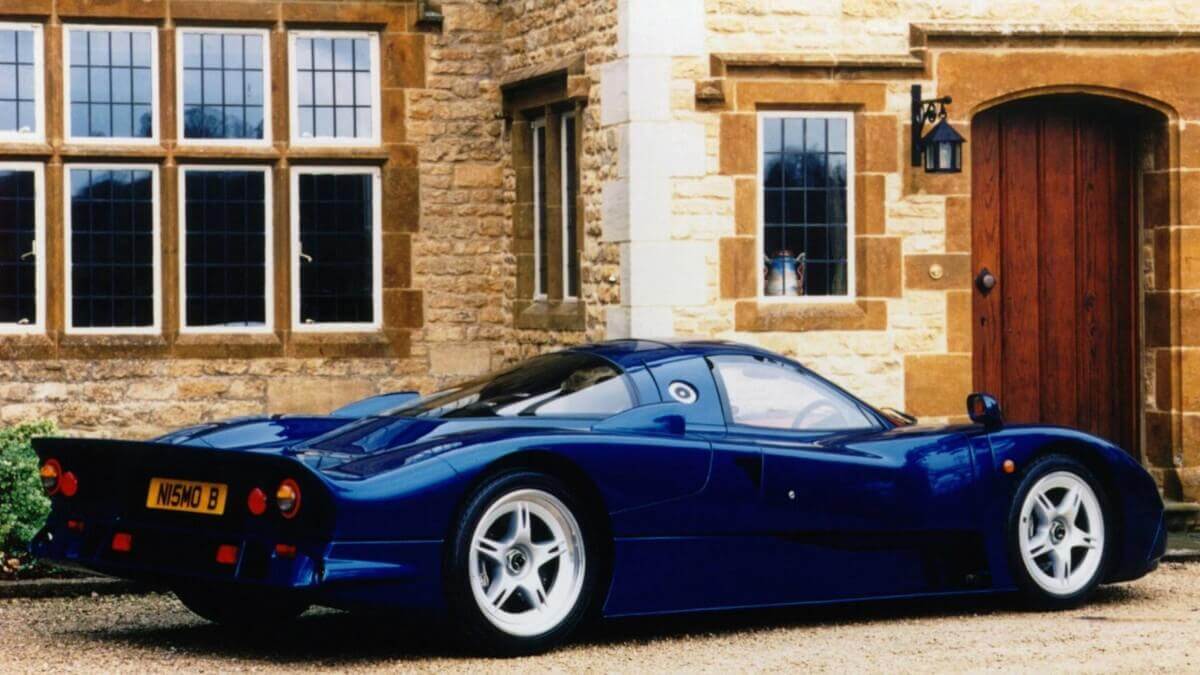



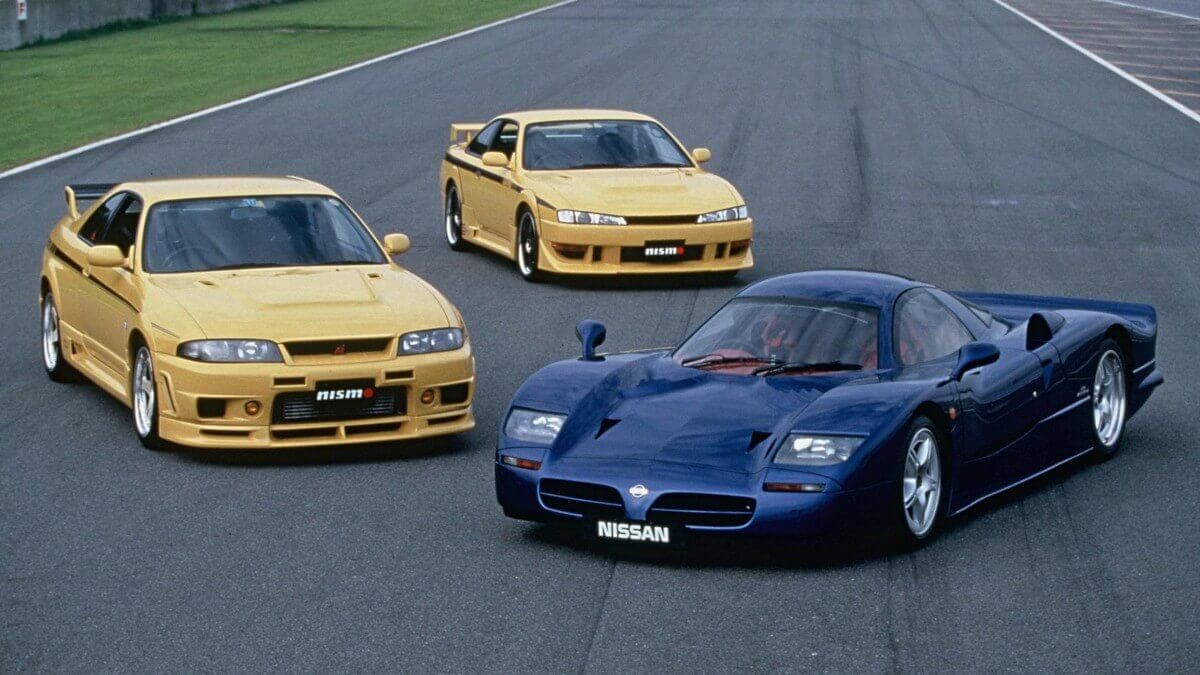



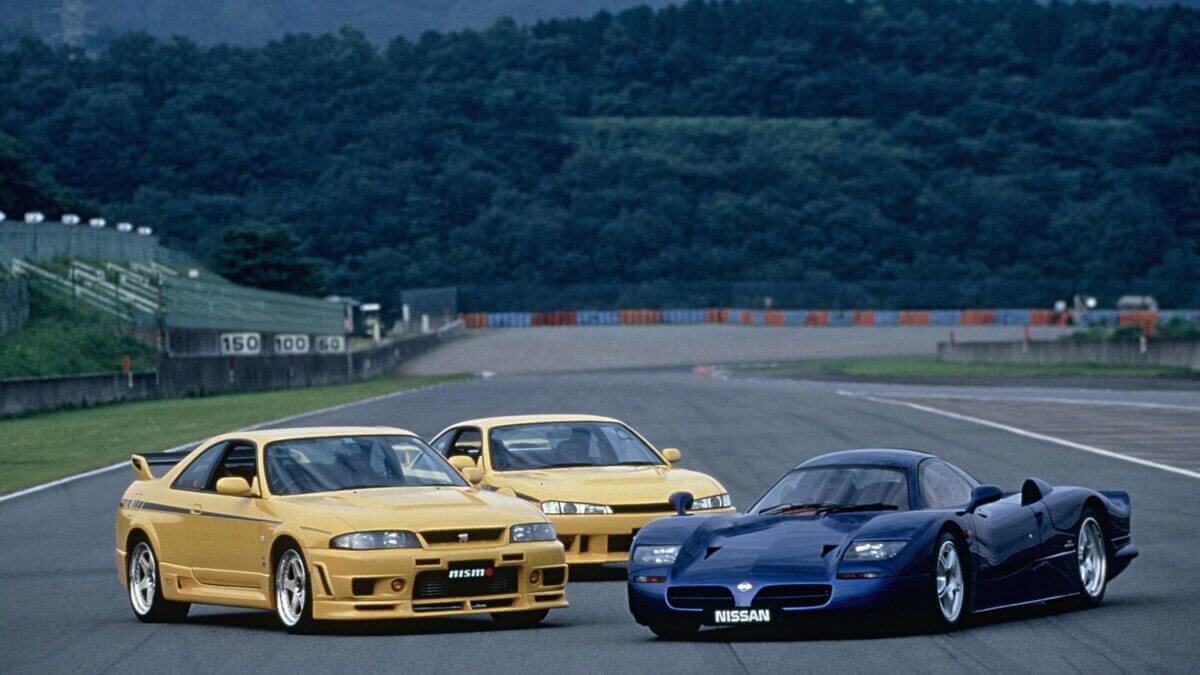



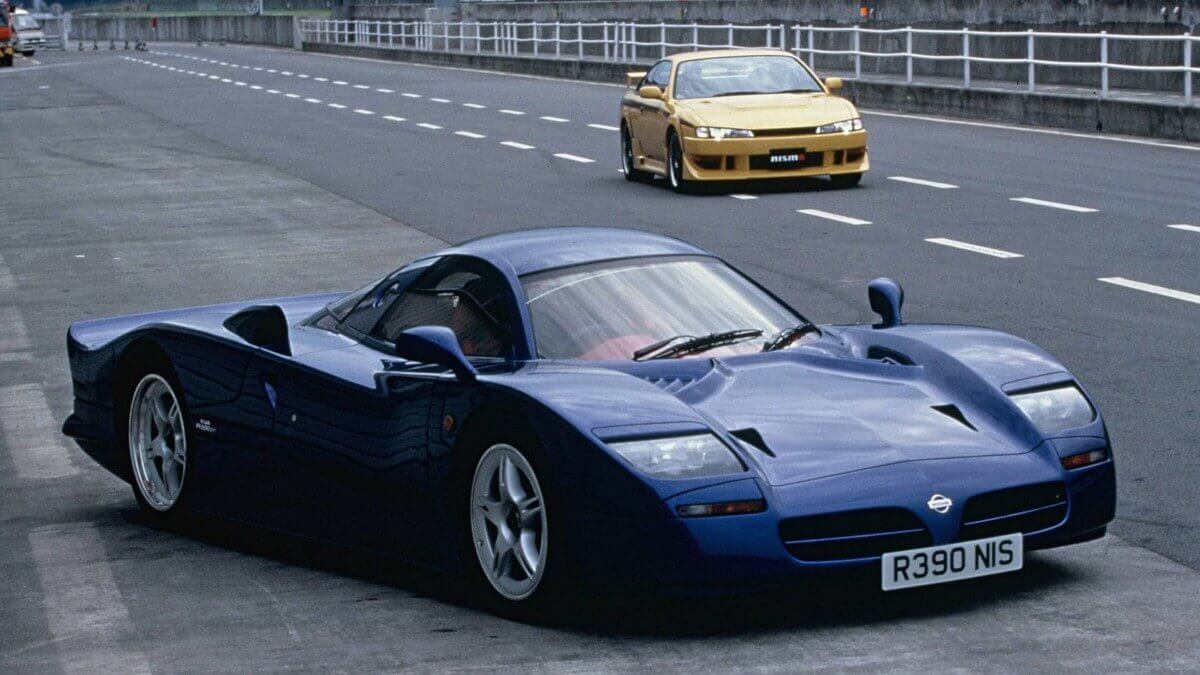



Although the Nissan factory team had by far set the fastest lap times in pre-qualifying for the 24 Hours of Le Mans, it was no longer able to match those times on the actual race weekend due to higher temperatures. In the race itself, problems with the gearbox cooling occurred on all three vehicles used, which forced one of them to retire. The second R390 retired after a spin and the third finished the race in 12th position, 67 laps behind the leader. Since Nissan only drove the endurance race at river Sarthe, but not the full FIA GT Championship, the TWR team was able to concentrate on further development of the R390 for almost a year. It was not only about an improved durability, but also for more speed and higher downforce. The three new produced racecars therefore showed a long-tail bodywork with 13 centimeters more overhang behind the rear wheels, next to a new paintwork in light blue and white. However, since the GT1 regulations had been changed in the meantime and prototype-like, ultra-light sports cars like the Toyota GT-One or the Porsche 911 GT1/98 were preferred by these over classic sports cars like the R390, it was impossible for Nissan to finish higher than third place in Le Mans 1998. But all four vehicles used crossed the finish line this time.
The street car, which was always owned by Nissan, was visually adjusted slightly for 1998. Although the long-tail solution of the racecar was only partially transferred, numerous improvements in details, for example below the doors, found their way to the vehicle, which was then repainted in blue metallic. The interior was redesigned as well, including new instrumentation, while the engine was tuned to just over 350 hp and more than 490 newtonmetes of torque. Excitingly, Nissan and TWR chenged the VIN from 001 to 002 during this conversion, possibly to convince the FIA examiners that this is a completely new car. However, there is only this one R390 GT1 Street, which has been confirmed by Nissan several times. The intention to build it in a very limited production was never implemented due to a lack of customer interest. To date, this is the most expensive road vehicle ever developed by the Japanese company and would have cost about one million US$ in sale. Typically, the car is stored in the Nissan Heritage Collection in Zama, Japan, along several other road and racing cars of the rich brand history. It recently appeared at Monterey Car Week in USA and is currently at the Petersen Automotive Museum in Los Angeles.
Images: Nissan




